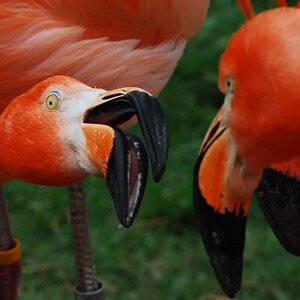- Joined
- Aug 15, 2013
- Messages
- 13,695
- Reaction score
- 3,369
- Location
- SE Michigan
- Can others edit my Photos
- Photos OK to edit
I'm starting my spring time "hey, let's photograph waterfalls" and other water effects cycle.
But I'm curious on the various filters and how they impact the water flow.
I was wondering if anyone had one image and used various ND filters on it, such as 0.3, 0.6, 0.9, 1.8 & 3.0
I know the time of day affects it too but i'm curious on a comparison. I haven't found anything on the internet.
I have the B+W ND 0.3, 0.6 & 1.8 coming for my 77mm lenses but I'm curious if I should get a 3.0 also ?
And, of course, i'm curious on what people's experiences are with them.
FYI - I bought B+W NDs so I'm not worried about quality issues.
And if I stacked my NDs is it as simple as 0.3 + 1.8 = 2.1 optical density for a 7 stop reduction OR is it a compounded type thing?
and, when stacking, now I would have TWO pieces of glass in front. How would that affect things.
Thanks
But I'm curious on the various filters and how they impact the water flow.
I was wondering if anyone had one image and used various ND filters on it, such as 0.3, 0.6, 0.9, 1.8 & 3.0
I know the time of day affects it too but i'm curious on a comparison. I haven't found anything on the internet.
I have the B+W ND 0.3, 0.6 & 1.8 coming for my 77mm lenses but I'm curious if I should get a 3.0 also ?
And, of course, i'm curious on what people's experiences are with them.
FYI - I bought B+W NDs so I'm not worried about quality issues.
And if I stacked my NDs is it as simple as 0.3 + 1.8 = 2.1 optical density for a 7 stop reduction OR is it a compounded type thing?
and, when stacking, now I would have TWO pieces of glass in front. How would that affect things.
Thanks



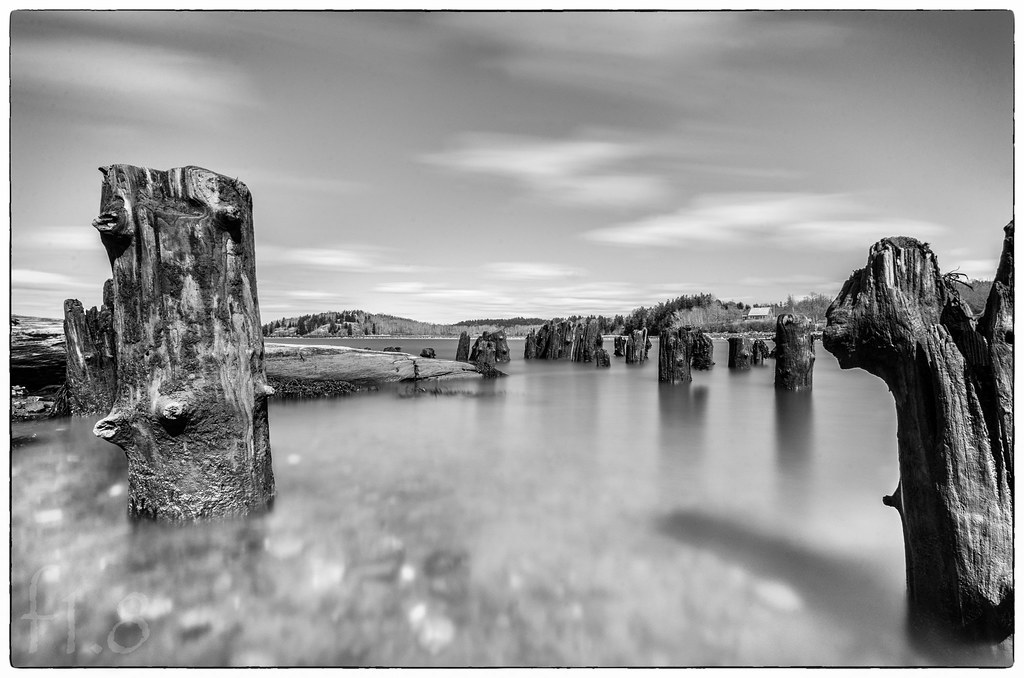
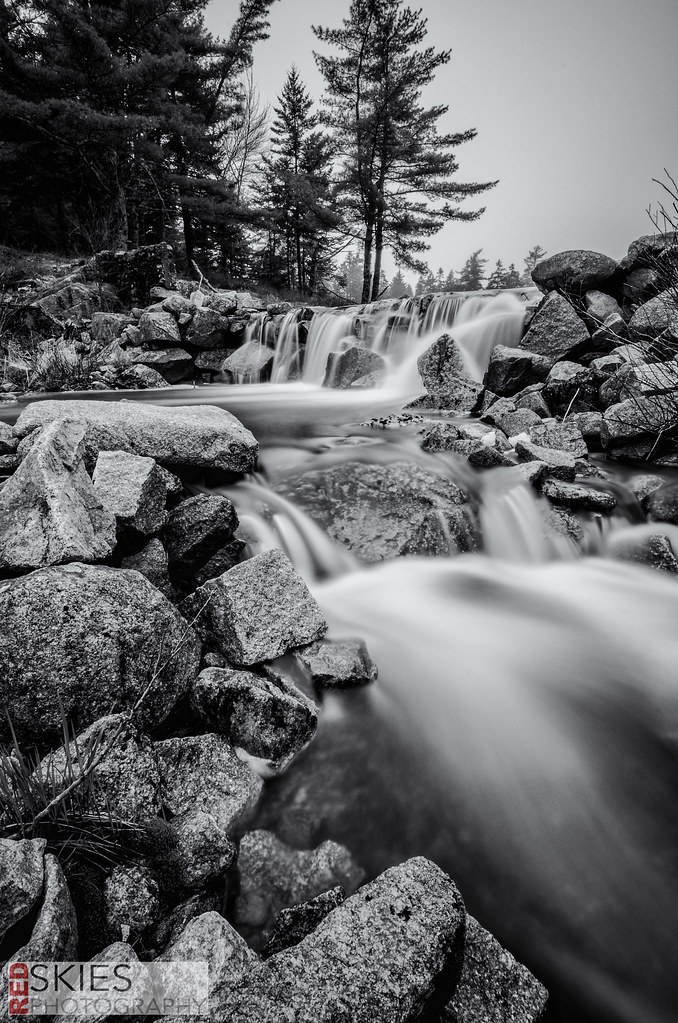

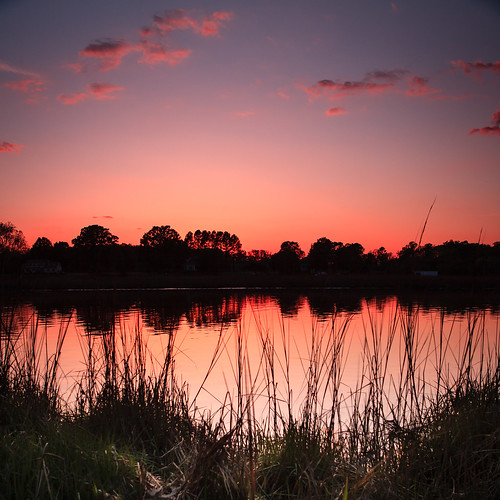

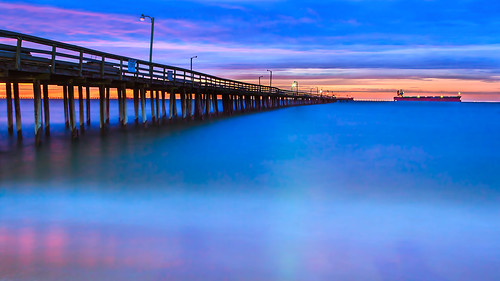


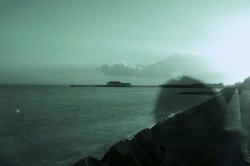
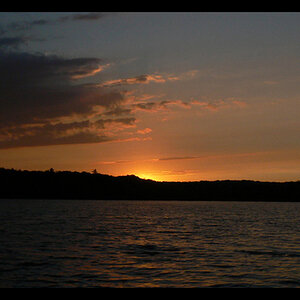
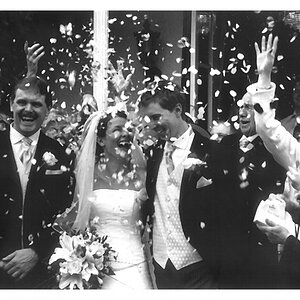
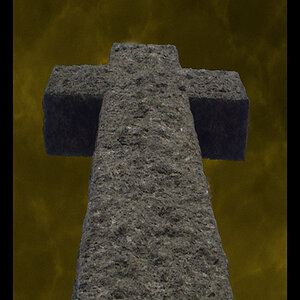
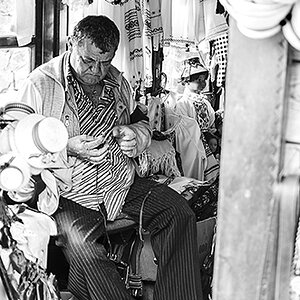
![[No title]](/data/xfmg/thumbnail/32/32807-d5379cd3a34c7d2ac3535361dd969c10.jpg?1619735667)
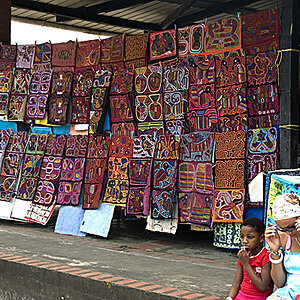
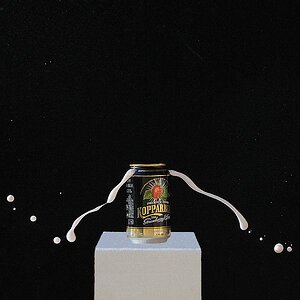
![[No title]](/data/xfmg/thumbnail/41/41937-bd46d08f9adcefe8bc65477f19a4f580.jpg?1619739947)
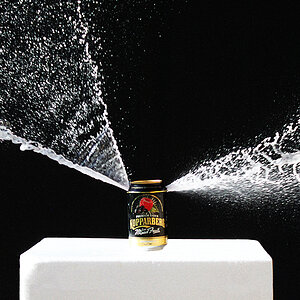
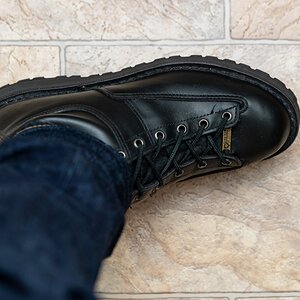
![[No title]](/data/xfmg/thumbnail/32/32809-afb9514cb8c02e2e41c241946e185251.jpg?1619735668)
